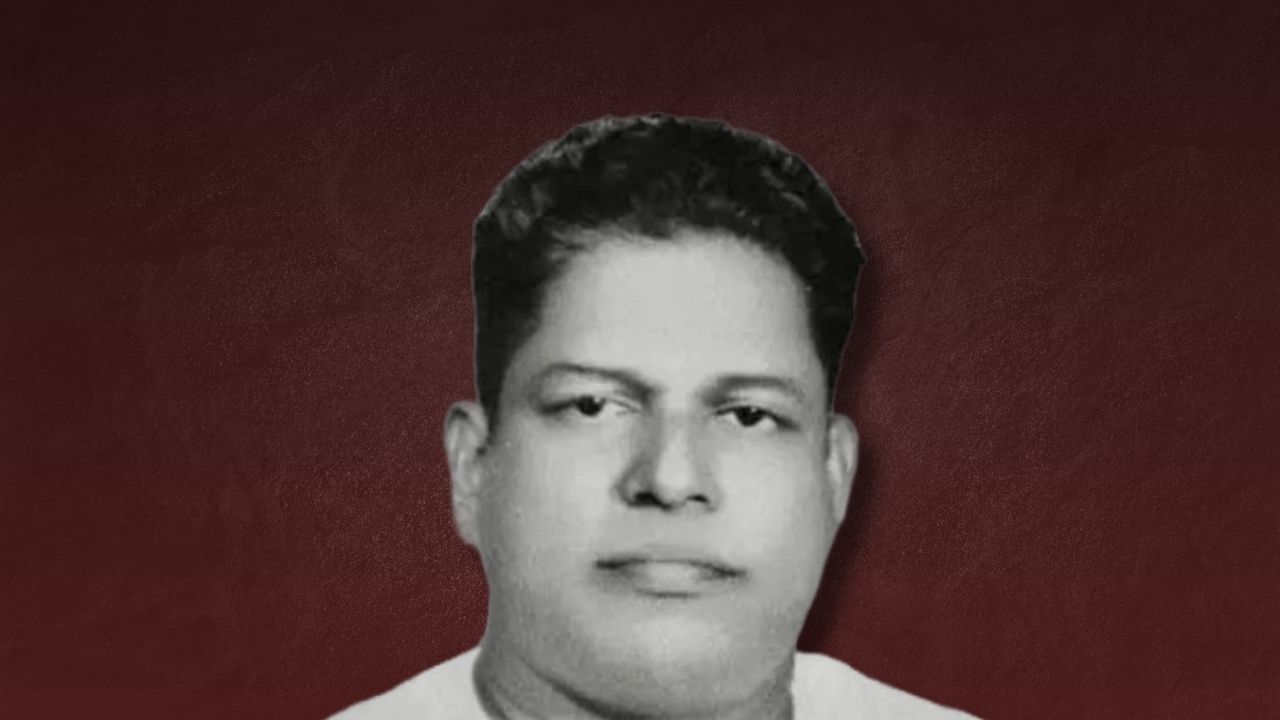The aim was to develop media professionals who combined journalistic excellence with working-class political awareness. These measures helped lift Deshabhimani’s stature and credibility. Its advertising revenue grew, circulation expanded, and new editions were launched.
Published Jul 21, 2025 | 7:56 PM ⚊ Updated Jul 21, 2025 | 7:56 PM

VS’s deep ties with Communist journalism dated back to the early days of the undivided Communist Party.
Synopsis: For Achuthanandan, the media was a weapon of class struggle, and journalism a domain that demanded ideological clarity, professional rigour, and financial stability. Party leaders say that under his leadership, a two-pronged reform was launched: editorial professionalism and financial viability. VS, it is said, proposed a bold circulation target of one lakh copies – more than three times the paper’s readership at the time. This was not merely a numbers game, but an ideological outreach.
Long before VS Achuthanandan became Kerala’s most enduring face of protest – a tireless crusader against feudalism, corruption, and corporate power – he was quietly shaping another chapter in the Communist movement: that of a media reformer.
Though widely known for his fiery speeches, militant past, and tenure as Kerala’s chief minister, few recall the imprint he left on Deshabhimani, the official mouthpiece of the CPI(M), which he led as Chief Editor during a critical transition in the 1980s and early 2000s.
It was far from a ceremonial role.
For Achuthanandan – or VS, as he was popularly known – the media was a weapon of class struggle, and journalism a domain that demanded ideological clarity, professional rigour, and financial stability.
As one Left leader put it, “His vision and interventions lifted Deshabhimani from the fringes of circulation to become one of Kerala’s most read dailies.”
VS’s deep ties with Communist journalism dated back to the early days of the undivided Communist Party.
Party leaders recall that in Alappuzha, where he served as district secretary, he managed Keralabhumi, a modest evening daily printed using a cylinder press above the party office.
Despite persistent financial difficulties, VS ensured workers were paid on time – a mark of both his managerial discipline and political commitment.
By the late 1960s, Deshabhimani was being published from Kozhikode and Kochi.
But the paper remained financially fragile, surviving on borrowed funds and skeletal operations. Advertising revenue was meagre, circulation was limited, and any talk of expansion seemed far-fetched.
That began to change in 1980, when VS became the CPI(M) State Secretary. He placed the revival of Deshabhimani high on the party’s agenda, arguing that its ideological battles needed a stronger, modernised media arm.
Party leaders say that under his leadership, a two-pronged reform was launched: editorial professionalism and financial viability. VS, it is said, proposed a bold circulation target of one lakh copies – more than three times the paper’s existing readership.
This was not merely a numbers game, but an ideological outreach. From the state secretariat to local branches, the party launched a drive to add subscribers, many of them for five-year terms.
VS also reformed the recruitment of journalists. Until then, Deshabhimani largely appointed party workers with little or no formal training in journalism.
That changed in 1983. A new system was introduced to induct qualified candidates through a written test and interview.
The first batch of 12 underwent a year-long training programme led by prominent journalists and guided by senior leaders like E M S Namboodiripad and VS himself.
The aim was to develop media professionals who combined journalistic excellence with working-class political awareness. These measures helped lift Deshabhimani’s stature and credibility. Its advertising revenue grew, circulation expanded, and new editions were launched.
Insiders say it was during VS’s tenure that Deshabhimani launched its third edition from Thiruvananthapuram in 1989 – two decades after opening the Kochi edition.
They note that the party acquired the ailing Kerala Patrika’s press, renovated it, and began operations. This would pave the way for Deshabhimani to publish from 10 centres across Kerala – five of which were added during VS’s time as either State Secretary or Chief Editor.
There was, however, a bitter turn. In 2005, just months before the CPI(M) returned to power, VS was abruptly removed from the post of Chief Editor following a party conference in Malappuram.
The official explanation was that holding both roles – Leader of the Opposition and Chief Editor – was untenable.
VS did not accept this reasoning. He felt betrayed – especially as no concerns had been raised about his performance in either role. In a rare moment of emotional candour, he wrote to the Politburo expressing his anguish. The letter did not lead to a reversal.
Instead, VV Dakshinamurthy, a state secretariat member without Politburo credentials, was appointed in his place.
Right-wing media seized on the development, portraying VS’s removal as part of a broader sidelining within the party. Cartoons and commentaries praised VS’s integrity and his record of confronting land mafias, corporations, and corrupt officials – contrasting it with what they called the party’s unease with his moral high ground.
Despite the emotional blow, senior CPI(M) leaders say VS’s contributions to Deshabhimani remain one of the lesser-known yet significant chapters in his long political life.
He did not merely run a party newspaper – he helped shape it into a people’s paper, rooted in ideology but grounded in journalistic standards.
At a time when party mouthpieces often serve as echo chambers, VS’s vision for Deshabhimani stood apart – bold, reformist, and grounded in the belief that media could be a transformative force in the hands of the working class.
And that legacy, like the man himself, refuses to fade.
(Edited by Dese Gowda)
